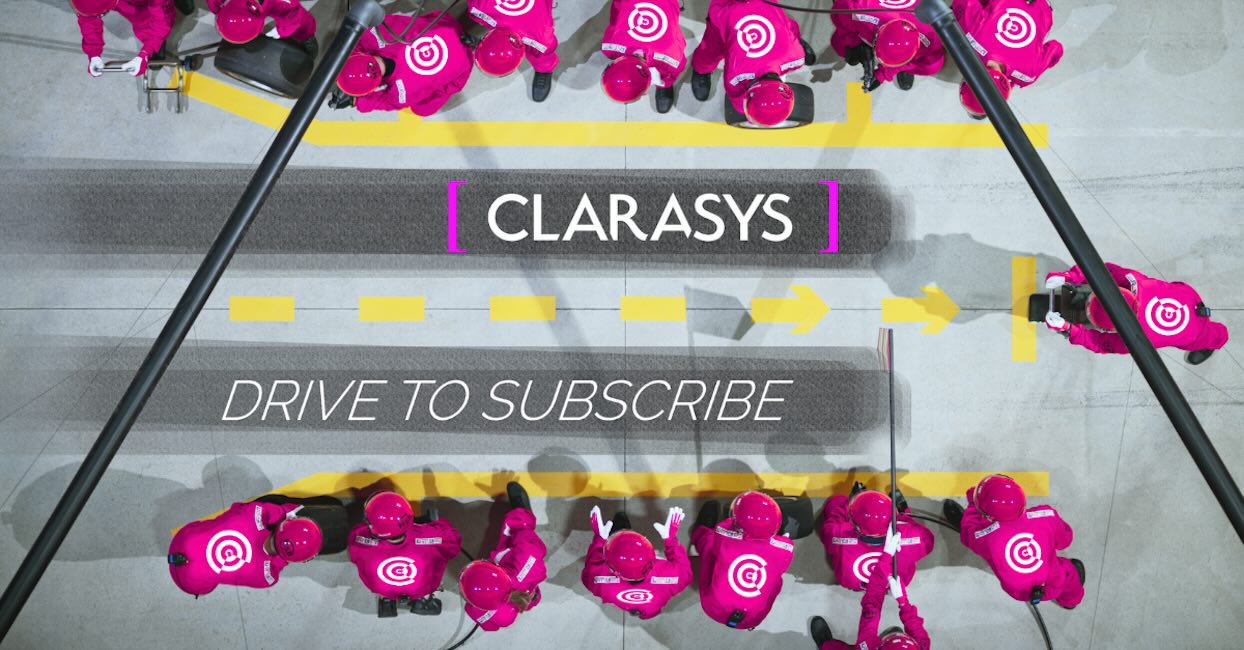We explore four areas that should be next on the agenda for probation technology to support achieving equitable outcomes for all involved.
What is the future of probation technology?
What is the future of probation technology?
We explore four areas that should be next on the agenda for probation technology to support achieving equitable outcomes for all involved.

Meet the author
The future of probation technology has become an important topic thanks to the volume of change happening for the service and the government’s goal to reduce reoffending. Following the reunification of the Probation Service in 2021, there has been a tremendous effort to reduce workloads but there is more to be done. At the time of renationalisation last year, the Chief Inspector of Probation, Justin Russell, said: “Real transformation is a long-term commitment”.
The Probation Service’s 12 regions recently published their own strategies aimed at reducing reoffending in England and Wales. Although every region has its unique challenges to overcome, there is one key theme evident for all: how can the service support the most effective interventions, and how they will deliver impactful and meaningful packages that suit individuals’ needs. And it is clear that every region is keen to set up staff and people on probation for success through cross-partner collaboration with other charities and agencies.
So where does technology fit into this future? There is no doubt that technology has already played, and will continue to play, a significant role in helping the service reach its goals. Over the last five years, Clarasys has worked with the Probation Service delivering impactful change and new technologies. The technology is designed to reduce administrative workloads, and allow workers to get on with what they do best – helping people to get back on their feet, and ultimately reducing reoffending.
There are four areas that should be next on the agenda for probation technology and support achieving equitable outcomes for all involved:
1. Probation technology should give easy access to all of the information needed to make decisions
It’s a busy time for the Probation Service with substantial change underway affecting teams on the ground, but the service is very clearly looking to the future. The focus for their technology should be to simplify the change landscape and provide a single product that can meet all of their needs.
One complete view would allow probation practitioners to access relevant information when they need it, rather than having to log into different systems. This would save time, and allow staff to focus on helping to rebuild lives. It is not about adding technology, it’s about stripping everything back so that information is easily available.
This information should be available from the person on probation’s (PoP) entire journey through the criminal justice system and act as a single source of truth. Tying this information together into one story will support the Probation Service to recommend the best interventions for people and achieve equitable outcomes for them.
2. Probation technology should mine their knowledge and expertise to create insightful data analytics and inform policy developments
Having all of the data on a person on probation will immeasurably support Probation in their work. However, we know that caseloads are high for probation practitioners and trawling through masses of data is a time-consuming task! To best support probation practitioners, future technology should derive and provide insights from patterns in the data available.
There are many ways to derive insightful information from data. Be it through data-based logic or using AI, for example. However it’s achieved – the foundation must be the knowledge and experience of probation practitioners themselves.
Gaining an understanding of how they interpret the available information – and use it to focus their efforts and attention – will allow technology to proactively flag where a person on probation may need more support. Having insightful data will also act as a rich source of information to inform policy developments in the future. New policies need to be grounded in evidence so having stakeholder informed areas to focus will be invaluable.
3. Enable easy collaboration across probation regions and partner organisations
As the service moves forward, caseloads remain high and probation workers do not have time to constantly learn new technology tools. But there is a wealth of knowledge within the service, and we need to provide workers with an opportunity to make the most of the collective information the service has by sharing best practice and ideas to increase collaboration and efficiency.
Future technology should facilitate knowledge sharing between probation practitioners across the reunified service as well as with partner organisations.
We can support successful outcomes for people on probation by sharing lessons learnt on effective sentencing and interventions. And sharing best practices will support Probation to achieve the equitable outcomes set out in each of their strategies.
Beyond that – there are huge advantages of hearing how to best use new tools from probation practitioners themselves. New technology should enable this to speed up adoption and identify future opportunities to support the service.
4. Meet Probation where they are – increase adoption by making technology simple and accessible to all
Maybe most important of all, probation technology must meet probation practitioners where they are. As alluded to earlier, there are two key characteristics of probation practitioners that should be considered when introducing any new technology:
- They are a very busy group of people
- They are a group of people rich in diversity, with varying needs
In order for new technology to benefit the Probation Service in the most impactful way – it must be designed in a way that increases adoption. How can we achieve this? By putting probation practitioners at the centre of the design process.
It is important that real probation practitioners’ experiences with technology are used to inform design. By using a diverse range of users, we can understand the barriers that might exist for people in adopting new technology, be it accessibility or technical literacy. Overcoming these barriers will be crucial to making the most of technology in the future.
Lastly, with so much change happening in the Probation Service, new technology should aim to simplify things for end-users. Technology should aim for a simple experience to aid understanding and confidence when using tools, but also embed any new tools in their existing ecosystem. This will go a long way in making life easier and speeding up the outcomes we hope new technology will achieve!
The Probation Service plays a pivotal role in the government’s plan to reduce reoffending across England and Wales. And all regions have a clear strategy to tackle it by providing the right interventions, sentencing and care for people on probation. It’s clear then what new technology needs to do for the service: streamline processes, connect the right people and get the “annoying” stuff out of the way so probation can focus on what they do best – support the rehabilitation of those in their care.
To learn more about the work we do in the public sector, or to chat to us about any of the above, get in touch today.

